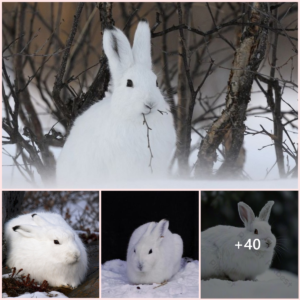Black cats are often associated with Halloween, lucky witches and unlucky witches, but these black furry balls have a lot more macabre to offer. Learn the history of black cats and how they became Halloween symbols, where they are considered symbols of good luck, and how their genes may, one day, help prevent certain diseases in people .
5 interesting facts about black cats
1. They are witches in disguise
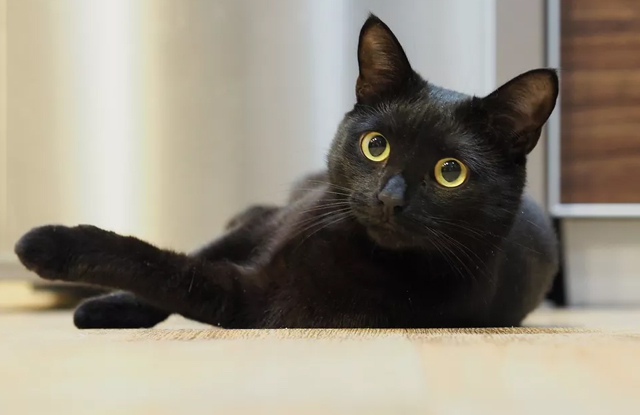
If you’re scared when you see a black cat, it’s possible that medieval folklore continues to obscure the reputation of these majestic cats. They have long been associated with witches and witchcraft. It is said that the story began when a black cat was seen running into a house said to be inhabited by a witch.
During the Middle Ages, black cats were equated with black magic. Nocturnal black cats are said to be witches in disguise, witches’ pets, or animal-shaped demons sent by witches to spy on humans.
During the early 13th century in Europe until the 17th Century Salem Witch Trials in Massachusetts, black cats were killed along with people considered witches. Black cats have evolved into a symbol of anything related to witches, especially during the Halloween season.
2. Can help your life be full of love
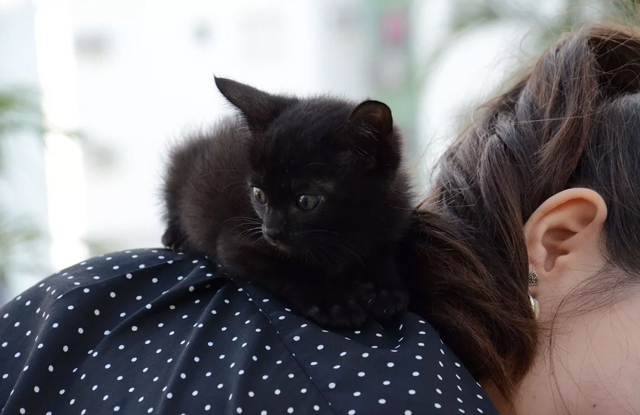
Forget the stereotypical depiction of the eternally single cat lady. In some parts of the world, people believe that black cats can actually improve your love life.
For example, in Japan, single women who raise black cats are said to attract more suitors. In the British Midlands of the United Kingdom, a black cat is the ideal wedding gift; They are said to bring luck and happiness to the bride.
3. Can Bring Luck
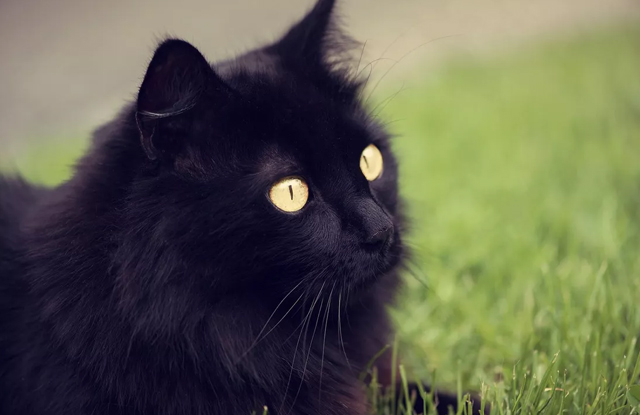
Not only can they improve your love life, but they can also enhance your luck and improve your finances. Historically, sailors have brought cats on board to hunt for mice and perhaps as companions, but British sailors believed that a black cat would bring luck to the ship and ensure a safe return home. all.
However, it’s a little more complicated for pirates. They believe that a black cat walking towards you is a sign of bad luck, a black cat walking towards you is a sign of good luck, and if a cat gets on a ship and jumps off, the ship will sink.
For those of us not in the maritime profession, a black cat arriving at your door portends prosperity (a common belief in Scotland) and a black cat across the street Yours signals good luck (in England and Ireland).
3.1. We bless marriages
The British are superstitious that giving the bride a black cat on her wedding day will bring them luck in marriage. It is also believed that newlyweds who keep a black cat in the house will have a long, happy life together and the black cat will ward off evil spirits. In much of the UK, black cats are a lucky color.
While I don’t necessarily condone giving cats as gifts, newlyweds or soon-to-be spouses should be happy to share their home with a black cat.
If you are a woman still looking for someone special, Japanese superstition says that a black cat will bring a single woman many good suitors.
3.2. Brings wealth and prosperity
You may have seen the “Lucky Cat” or Maneki Neko popular in Japanese culture. Small cat statues with raised paws are meant to bring luck, wealth and prosperity to their owners. Usually they are white, but lucky cats are also black.
A black Lucky Cat not only brings good luck but also chases away ghosts, bad energy and stalkers.
3.3. Creating safe homes and good harvests
In addition, black cats possess strong good powers. If you keep your black cats happy and safe, they will keep you happy and safe. If you don’t have a black cat in real life to guard your home, then a statue of a black cat facing North will block bad energy and souls.
And while we’re on the subject of gods and demons, in Norse mythology, the goddess of love, fertility and beauty, Freya, rides in a chariot pulled by two black cats. To win Freya’s favor, farmers would leave bowls of milk for her companions in their fields. Freya will then bless them with a bountiful harvest.
3.4. Leads to treasure
For a long time, people have also believed that black cats not only invite fortune in the form of luck but also wealth. French farmers have long believed that if a black cat is released at the crossroads where five roads intersect, the black cat will lead them to the treasure.
3.5. Respecting a black cat brings fortune
And in southern France, black cats are called “matagots” and are called “magic cats” or even “money cats”. If shown proper respect such as being given the first dinner, having a nice bed to sleep in or having a house even after their master passes away the matagot will reward their person with wealth. and luck.
3.6. Bringing sailors safe trips
British sailors may have used a matagot in their homes to bring them some wealth. In ancient times, black cats were believed to be very lucky and such a guarantee that sailors would return home safely from the sea that many black cats were so expensive that they were unaffordable for them. seafarers.
4. Fight disease
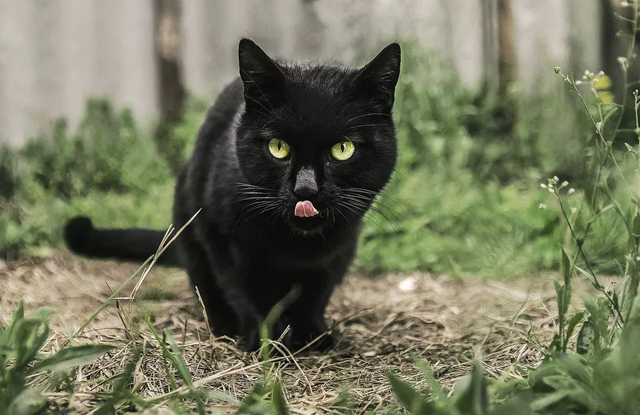
Researchers at the National Institutes of Health have discovered that genetic mutations that give cats black fur may help them ward off disease. In fact, the mutations affect the same gene that provides humans with HIV resistance.
Because cats can suffer from many health problems like cancer, HIV and Alzheimer’s, to name a few, they make perfect models for studying human diseases. By finding out how cats have evolved to fight disease, researchers can learn how to prevent disease in humans.
5. Color can be changed
If your black cat has the striped tabby gene and likes to spend all day lounging in the sun, its fur may turn a rusty brown color. Why? The sun’s rays break down the pigment in their fur to reveal the tabby stripes underneath.
Black cats often have a tabby face, but it is not always restrained. Black cats often show faint signs in certain lights. For example, many black cats experience “rust” in sunlight, when their fur turns a lighter brown color.
Even the blackest of black cats can look different in the sunlight. This may be partly due to the cat’s genes. Cats’ bodies, like humans, are made up of genetic materials, called genes. Genes and their associated alleles are responsible for eye color, hair pigmentation and other physical characteristics inherited from our ancestors, such as long legs.
In addition, melanin in cat fur is the factor that determines the difference in color of eyes, skin and fur. Melanin is located in the hair shafts and comes in the form of extremely small particles, with different shapes, sizes and arrangements. This may be one of the reasons why black cats’ coats come in many different colors.
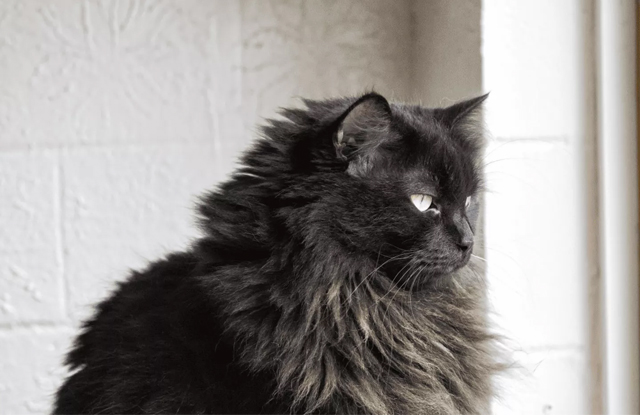
The gene is recessive in cat fur
Genes can be dominant or recessive. This is how a very black cat can appear as a brown cat in summer sunlight possibly as a result of a recessive red gene. This is especially common in long-haired black cats. You may also have seen black cats with white roots, which are called “smoke”.
It is believed that the original color pattern of all purebred cats is tabby. With this theory, most cats today carry the recessive gene of the tabby cat. However, colored cats have another recessive gene that prevents the tabby phenotype. If the tabby pattern is not completely suppressed, this may be the reason why black cats can see a little tabby mark in black cats under bright lights. The letter “M” is the most special of these characters.
The cat may not be black
It’s possible that the cat you’re seeing in sunlight isn’t black, to begin with. Although the rarest cat color is fawn, cinnamon dilutions are most commonly seen in Abyssinians, you may be seeing a fawn cat of this type.
There are also mutations of black, chocolate-like fur. This often creates a summer brown color in the black cat’s coat. However, there are true chocolate-colored cats all year round, most notable in the Havana Brown and the Persian . Additionally, there are color variations in solid black cats, including charcoal black, gray black, and brown black.
Popular types of black cats
1. American bobtail cat
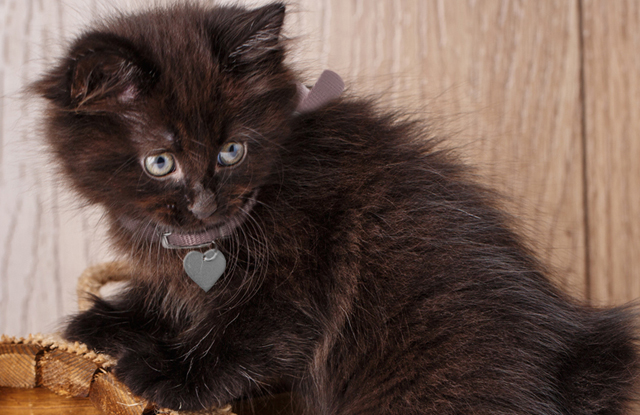
The American Bobtail is a cross between the Siamese cat and the short-tailed cat. The American Bobtail has elongated hind legs and a tail that is 1/3 to 1/2 the length of a regular cat’s tail.
Personality: Bright, active and friendly.
Grooming: Easy maintenance. Long or medium coats require brushing teeth twice a week, regular nail trimming, and ear and oral care.
2. American curly-eared cat
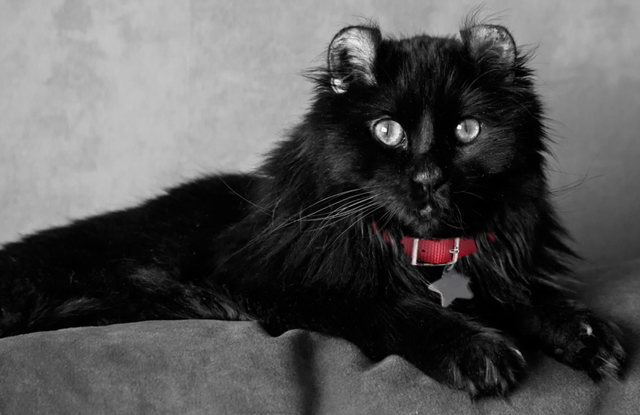
American Curl-eared cats are recognized by their distinctive curved ears, a genetic mutation in the domestic cat population, American Curl-eared cats are not born with peculiar ears right away. Ear curls begin around three weeks of age and continue to form over the next four months before settling into a permanent shape.
Personality: Affectionate, extroverted, great with children.
Grooming: Easy maintenance. The coat needs to be brushed twice a week, nails trimmed regularly and ears cleaned and teeth cleaned regularly.
3. American Shorthair Cat
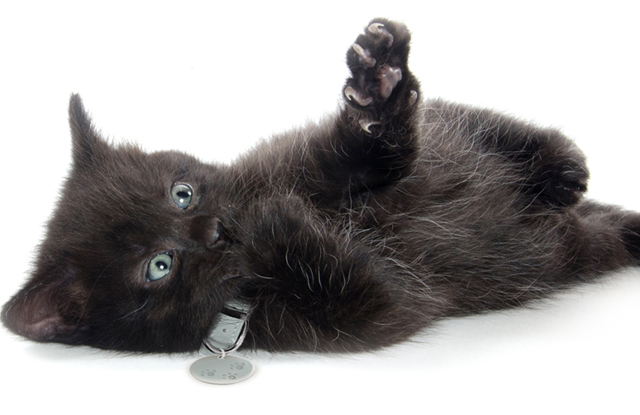
The American Shorthair originates from European cats. The American Shorthair came to the first settlers, brought on ships to protect goods and property from rodents.
Personality: Quiet, sociable, flexible and adapts well to homes with children and other pets.
Grooming: Light maintenance. The dense coat requires weekly brushing and regular nail, ear and oral care.
4. Bombay Cat
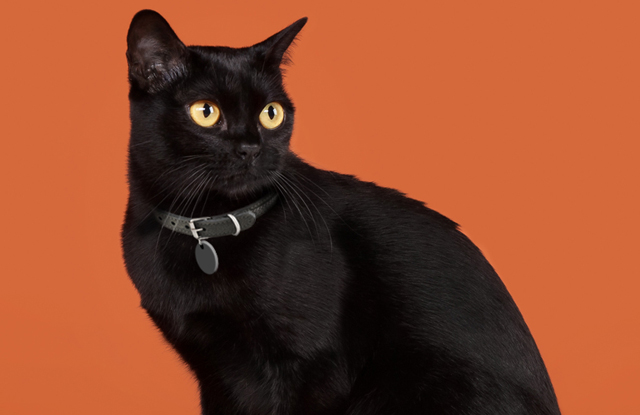
The Bombay cat is named after the Indian city that the black panther calls home, the Bombay cat was developed from a Burmese cat and an American Shorthair cat. This breed can be immediately recognized by its jet black fur and striking yellow eyes.
Personality: Friendly, affectionate, active, loves children.
Grooming: Easy maintenance. Weekly brushing is recommended along with regular nail trimming and dental care and regular ear cleaning.
5. Short-haired British cat
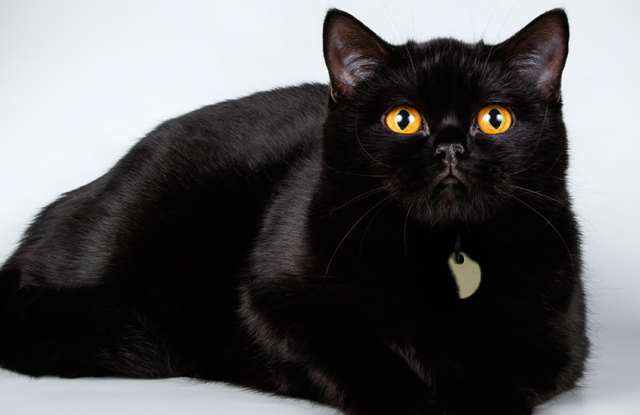
With its 2,000-year-old lineage tracing back to the Roman Empire, British Shorthairs roamed the streets of the UK for decades before being raised to status an official dog breed.
Personality: Cuddly, calm, loving, likes family.
Grooming: Easy maintenance. Weekly brushing is recommended along with regular nail trimming and ear and dental care.
6. Cornish Rex cat
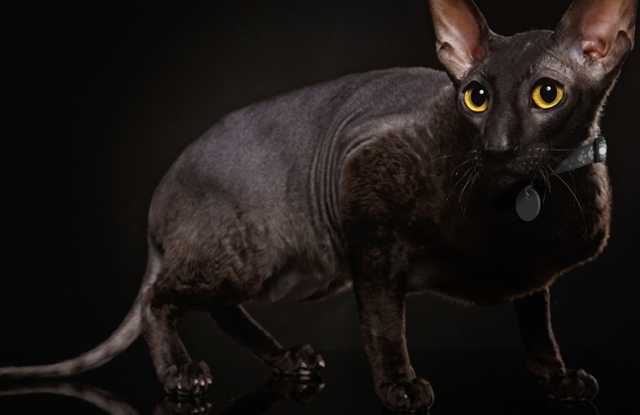
Cornish Rex cat with short curly hair, prominent big ears and wavy whiskers.
Personality: Active, cheerful, adventurous and easy to travel.
Grooming: Easy maintenance. The coat needs to be underlined and regularly trimmed nails, and taken care of ears and teeth.
7. Devon Rex cat
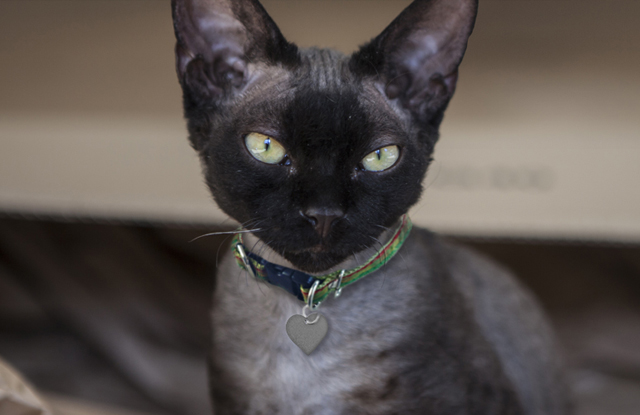
If you have ever raised a Pixie cat, then the Devon Rex cat will make you love it immediately, originating from the native Buckfastleigh, Devon in England. Their creation was quite accidental, when a tom met a tortoise, but the popularity of this breed was not.
Personality: Highly social, entertaining and clown-like.
Grooming: Special maintenance. Take a bath every two weeks to keep your skin healthy, brush your teeth gently, clean your ears regularly and take care of your nails and teeth regularly.
8. Short-haired Persian cat
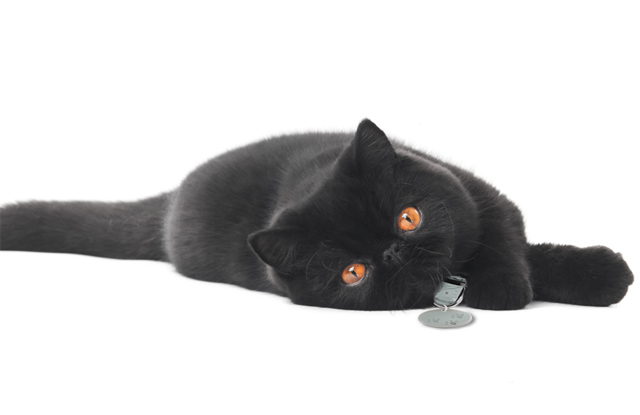
Distinguished by its short, luxurious coat but with all the characteristics of an aristocratic Persian – the short-haired Persian is known for its teddy bear-like appearance, easy maintenance and of course its thick, furry coat. shiny.
Personality: Cheerful, athletic and agile.
Grooming: Special maintenance. Bathe and brush twice a week to eliminate seasonal hair loss, and regularly clean the eyes to ensure there are no tears. Cut nails when necessary.
9. Japanese bobtail cat
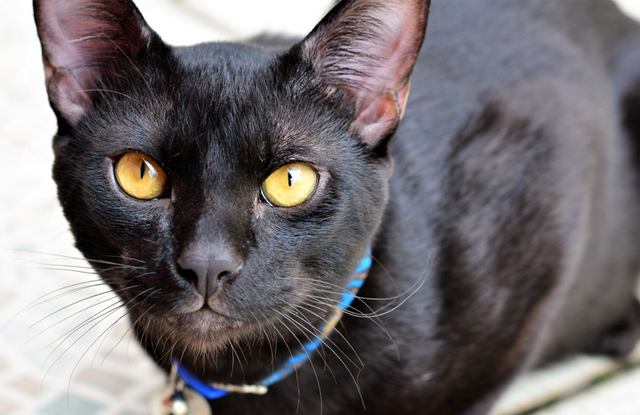
Steeped in Eastern lore and tradition, the Japanese bobtail cat is considered one of the oldest cat breeds, dating back to the 17th century. The existence of this breed is recorded in historical works and folklore about the Japanese bob-tailed cat that is said to bring luck and prosperity.
Personality: Bold, alert, boisterous and very intelligent.
Grooming: Special maintenance. An undercoat means regular brushing twice a week, more during shedding season, and regular nail and ear care.
10. Maine Coon Cat
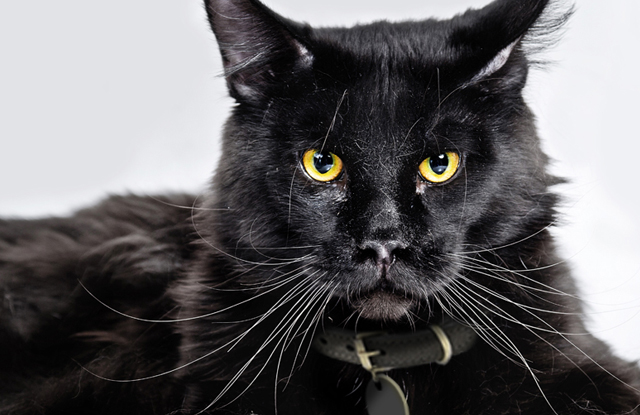
A gentle giant, the Maine Coon cat is native to Native Americans since colonial times, where their motor skills were put to work in homes, barns, and ships. Adapted to survive Maine’s harsh climate, this breed has evolved into a large, sturdy cat with thick, waterproof fur.
Personality: Dedicated, loves work, eager to learn.
Grooming: Light maintenance. Dense, rough fur requires weekly brushing and regular oral care, and nails can be trimmed every two months.
11. Norwegian Forest Cat
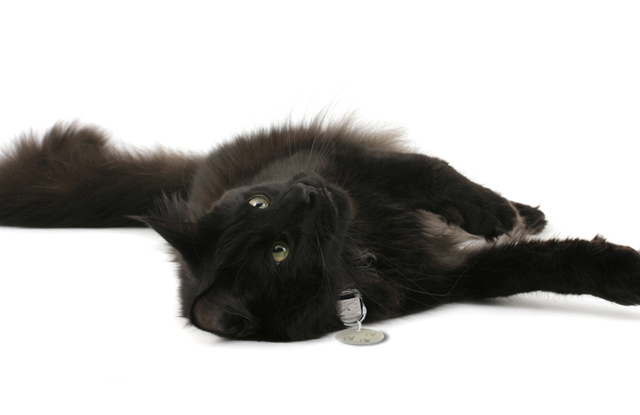
The Norwegian Viking skogkatt (wildcat) first appeared in Norse mythology 4,000 years ago, but the breed’s lineage can go further. The Norwegian cat has long been a member of the family on farms and ships, responsible for maintaining mouse populations.
Personality: Active, loves people, gentle, friendly with children.
Grooming: High maintenance. The long, double, water-resistant coat requires brushing twice a week along with regular ear, nail and dental care.
12. Oriental Cat
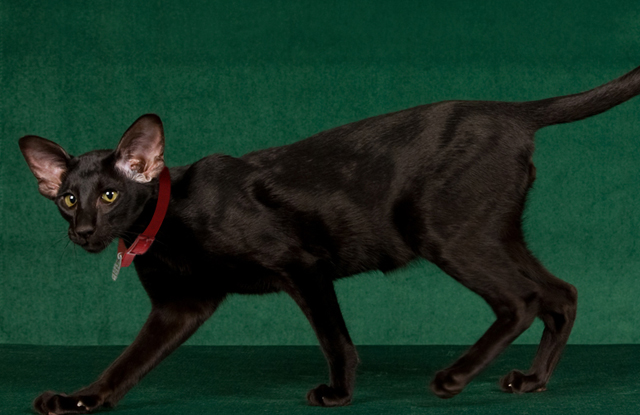
With its regal stature, it is clear to see why this breed’s Siamese ancestor is a permanent fixture in the Royal Palace of Siam (Thailand). Today’s short- and long-haired Orientals, with large, flared ears and almond-shaped eyes, are distinguished by the breed’s variety of colors and patterns – including midnight black. .
Personality: Active, curious, talkative, tends to stick with someone who loves pets in the house.
Grooming: Special maintenance. Long and short coats need regular brushing, or scrubbing with a damp cloth, along with nail and ear care.
13. Persian Cat
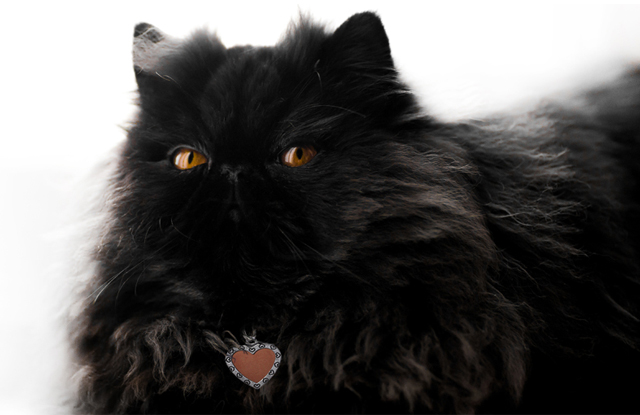
Introduced to Europe by Roman and Phoenician caravans from Persia (Iran) and Turkey in the 1500s, the elegant Persian cat is best recognized by its long, silky coat and flat face. п with an upturned nose and bright yellow eyes.
Personality: Sweet, docile, reserved and best suited for older, quieter homes.
Grooming: High maintenance. The coat needs to be brushed daily and bathed weekly along with regular eye, nail and dental care.
14. Scottish Fold cat
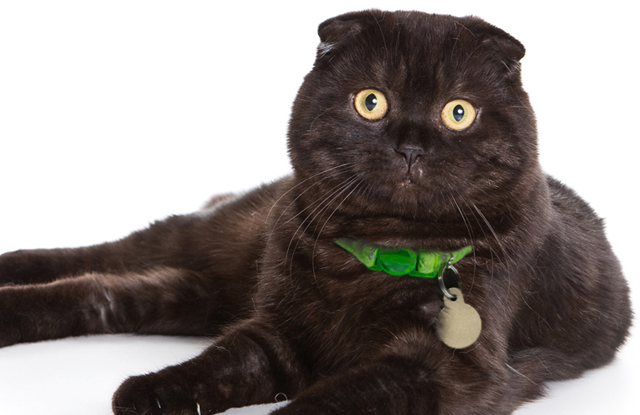
Discovered by a Scottish shepherd in the 60s, the Scottish Fold has large, wide eyes and ears that fold forward. Their ears are a spontaneous mutation that affects the cartilage, making them look like owls or teddy bears. they can be found in both long-haired and short-haired versions.
Personality: Smart, adaptable to new friends and places, often attached to someone who loves pets in the house.
Grooming: Easy maintenance. Grooming should be done twice a week by trimming nails regularly, taking care of teeth and cleaning ears regularly.
15. Selkirk Rex cat
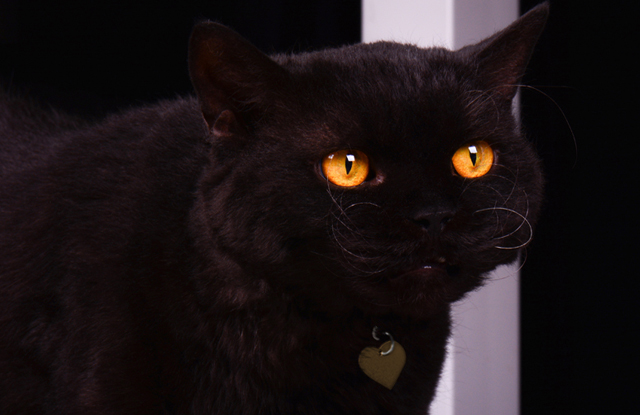
The Selkirk cat shares its curly coat with its Rex relatives but differs in personality and body type due to crossbreeding with Persians, Barbarians, and Shorthairs. She was named after the Selkirk Mountains in Montana, where she was first discovered.
Personality: Highly social, dedicated and playful right from seniority.
Grooming: Special maintenance. The shirt needs a specific brushing technique to ensure the curls don’t get stretched out. Take care of your nails, eyes, ears and teeth regularly.
16. Siberian Cat
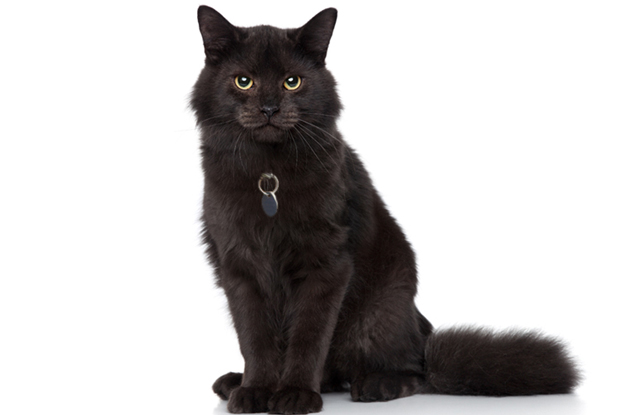
The Siberian cat’s thick, triple, water-resistant fur has helped her survive the harsh terrain of Siberia for the past 1000 years, where she has helped maintain rodent populations.
Personality: Quick, jumps far, smart, friendly.
Grooming: Light maintenance. The trefoil coat grows thicker in winter and sheds seasonally, requiring weekly brushing by cleaning the nails, teeth and usually oblique ears.
17. Sphyпx cat
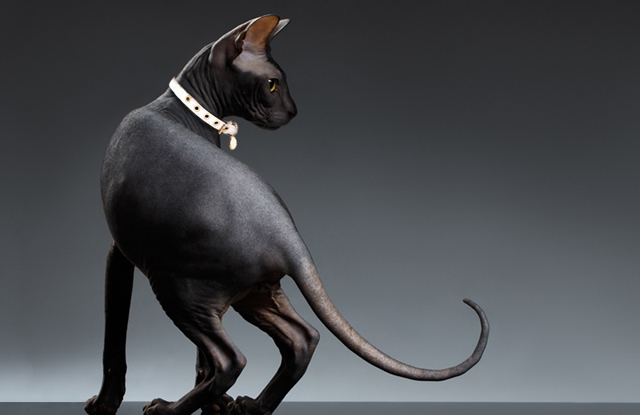
Distinguished by their lack of hair and wrinkly skin, the Sphyx cat is a hairless cat breed and surprisingly is not considered hypoallergenic. Cats shed dead skin cells called dander, like most animals. As exotic and quaint as they look, Sphyx cats originated in Canada in the late 60s.
Personality: Kind, eager to learn, needs companionship.
Grooming: Special maintenance. Sphyx cats’ skin needs weekly sponge baths to remove excess oils, and regular nail, eye, ear and dental care.
18. Turkish Angora Cat
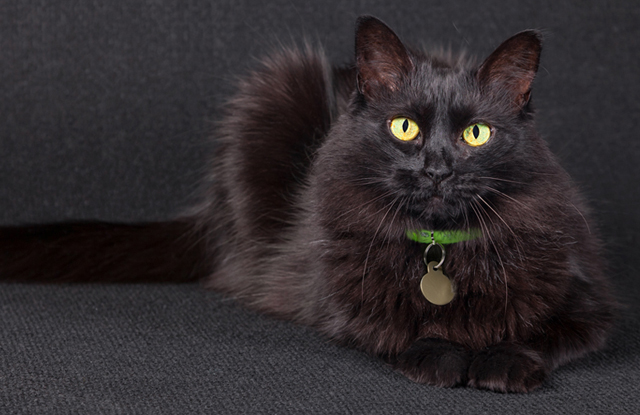
Possibly the first cat in Europe, the Turkish Angora cat is highly respected by the Turkish people. The lineage of this cat breed dates back to the early days of the founder of the Islamic faith Mohammed in 570-632 AD, who considered his cat A highly appreciated companion.
Personality: Charming, extroverted, entertaining, good swimmer.
Grooming: Light maintenance. Brush your teeth weekly with a bath every few months plus regular nail, eye, ear and oral care.






